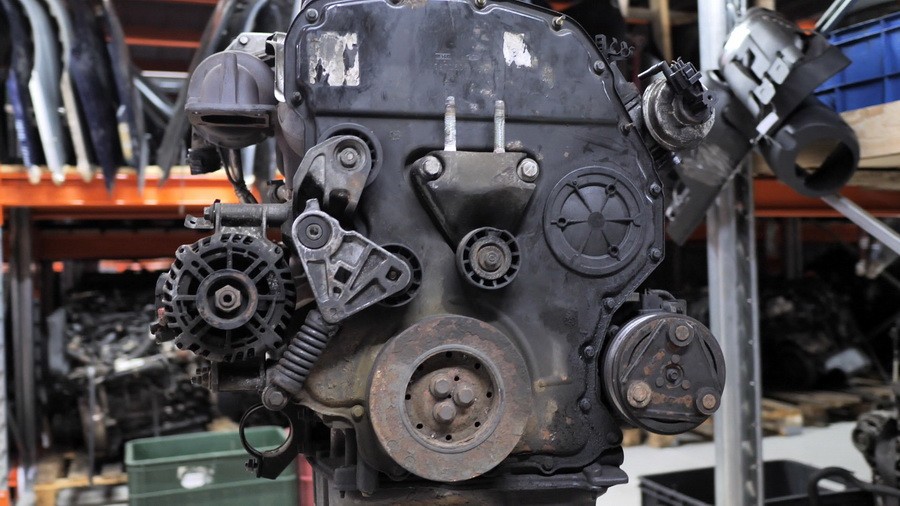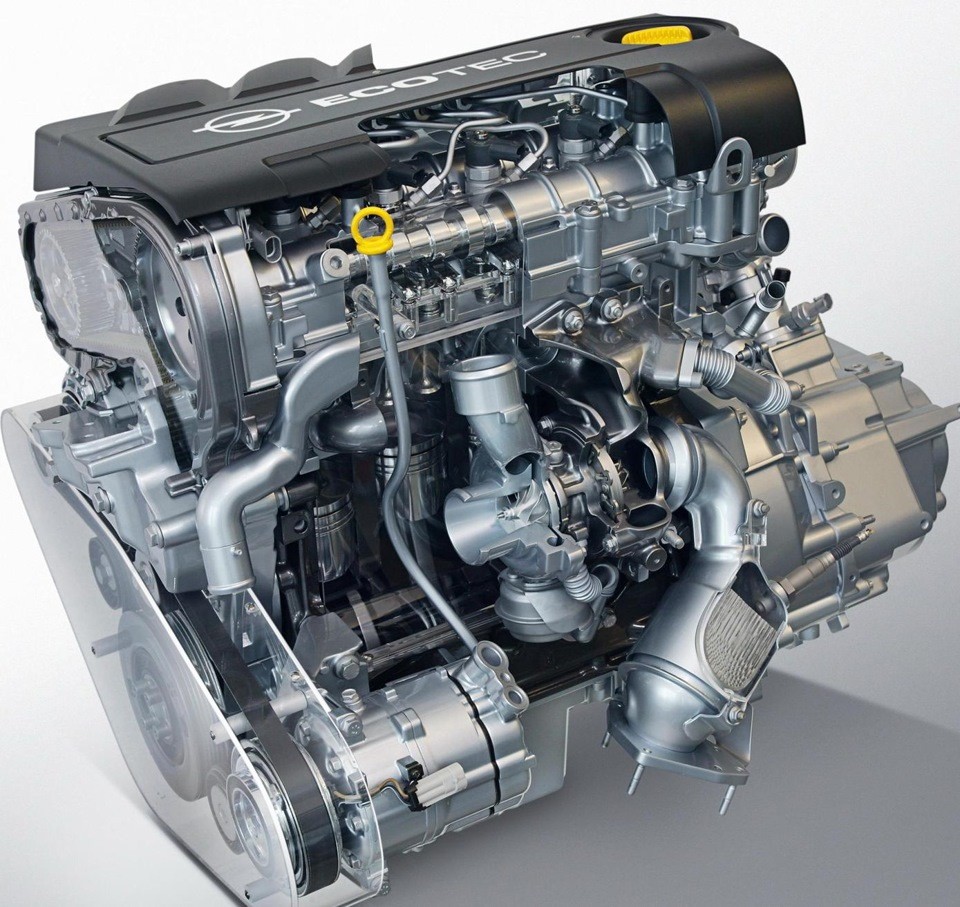
Ford's 2.0 TDCi engine - what you need to know?
Content
The 2.0 TDCi engine is considered durable and trouble-free. With regular maintenance and reasonable use, it will run hundreds of thousands of miles steadily. However, it is worth noting that advanced production equipment – in case of failure – can be associated with significant costs. You can learn more about the operation of the unit, as well as the history of its creation and technical data in our article!
Duratorq is the trade name for Ford's powertrain group. These are diesel engines and the first ones were introduced in 2000 in the Ford Mondeo Mk3. The Duratorq family also includes more powerful five-cylinder Power Stroke engines for the North American market.
The design that was developed first was called the Pumpa and was a replacement for the Endura-D motorcycle produced since 1984. It also soon forced the York engine, which is installed on the Transit model, from the market, as well as other manufacturers involved in production, for example. iconic London taxis or the Land Rover Defender.
TDCi power units were installed on Ford, Jaguar, Land Rover, Volvo and Mazda vehicles. From 2016 Duratorq engines began to be replaced by a new range of EcoBlue diesel engines available in 2,0 and 1,5 liter versions.
2.0 TDCi engine - how was it created?
The path to the creation of the 2.0 TDCi engine was quite a long one. First, the Duratorq ZSD-420 engine model was created, which was introduced to the market in 2000 with the premiere of the previously mentioned Ford Mondeo Mk3. It was a 2.0-liter turbodiesel equipped with direct fuel injection - exactly 1998 cm³.
This 115 hp engine (85 kW) and 280 Nm of torque was more stable than Mondeo Mk1.8's 2 Endura-D. The 2.0 Duratorq ZSD-420 engine featured a 16-valve double overhead cam cylinder head that was chain-actuated and used an overcharged variable geometry turbocharger.
The 2.0 TDDi engine was developed in late 2001 when it was decided to use the Delphi Common Rail fuel injection system and officially gave it the aforementioned name. As a result, despite a fairly similar design, the power of the power unit increased to 130 hp. (96 kW) and torque up to 330 Nm.
In turn, the TDCi block appeared on the market in 2002. The TDDi version has been replaced by an updated Duratorq TDCi model. The 2.0 TDCi engine is equipped with a fixed geometry turbocharger. In 2005, another 90 hp variant appeared. (66 kW) and 280 Nm, designed for fleet buyers.
HDi version co-created with PSA
Also in collaboration with PSA, the 2.0 TDCi unit was created. It was characterized by somewhat different design solutions. It was a four-cylinder in-line engine with an 8-valve head.
Also, the designers decided to use toothed belts, as well as a variable geometry turbocharger. The 2.0 TDCi engine was also fitted with a DPF - this was available on some trims and then made permanent to comply with EU exhaust emission standards.
Running the 2.0 TDCi engine - has it been costly?
Ford's powertrain is generally rated very well. This is because it is both economical and dynamic. For example, the Mondeo and Galaxy models, when driven carefully around the city, have fuel consumption of only 5 l/100 km, which is a really good result. If someone does not pay attention to driving style and drives a standard car, fuel consumption may be higher by about 2-3 liters. Combined with good power and high torque, daily use of the 2.0 TDCi engine in the city and on the highway is not expensive.
What should I pay attention to when using a diesel engine?
The engine is equipped with a common rail system with Bosch or Siemens injection, depending on the version. The equipment is highly durable and should not fail before a run of more than 200 km. km or 300 thousand km. It is important to use high quality diesel fuel. When refueling with low-quality fuel, the injectors can fail very quickly. It is also important to remember to change your oil regularly to prevent turbocharger failure. You need to do this every 10 15. XNUMX thousand km.
If you change your oil regularly, the 2.0 TDCi engine will repay you with a high culture of work, as well as driving pleasure and the absence of malfunctions. In the event of a breakdown, there will be no problems with repairs - the mechanics know this engine, and the availability of spare parts is very large.

